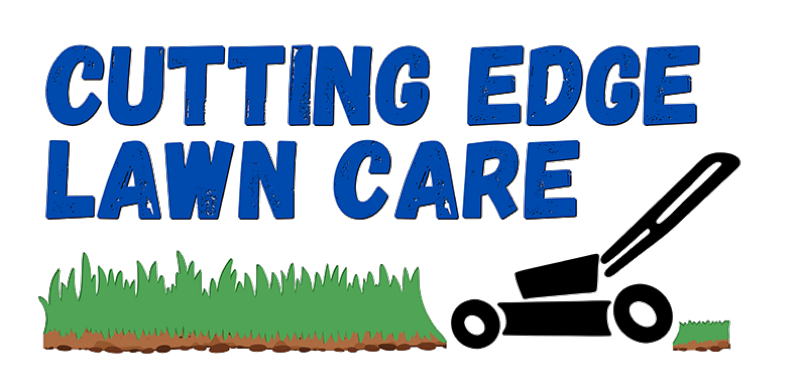Unlocking The Secrets to a Healthy Lawn in Kenner, LA
Hey guys, we’re glad to see you’re back on the Cutting Edge Lawn Care official blog page. In this article we are going to be discussing the types of lawn diseases and pests that affect Kenner LA. We will be also going over how to avoid these diseases as well as how to treat them. As always, if you’re unsure about what to do, or need help on your lawn, give Cutting Edge Lawn Care a call!
Have you ever wondered why your grass appears to be afflicted by illnesses or bug infestations while your neighbor's lush, green turf is unaffected? This is a huge problem in the mid-summer months in Kenner, LA. It might seem reasonable that if your lawn has a disease or insect infestation, the lawns next to yours should also be impacted. But the distinctive microclimate that each grass creates holds the key to this riddle. Each lawn's unique conditions play a crucial role in its health. Almost like how members of a family who share a home and meals can get sick at various periods. Let's investigate this phenomenon in more detail, consider how it relates to Kenner, Louisiana, and learn how you can make sure your grass stays strong and healthy.
Tailoring Lawn Insect Control
There are Numerous factors that can affect insect activity and infestations. One of the biggest factors is he kind of grass in your lawn and the ways you take care of it. Things such as fertilizing, watering, and controlling thatch, have a big impact on how much harm these bothersome creatures may do. A weak, malnourished grass is more prone to pests and diseases than one that is strong and well-cared for. Unexpectedly, a well-kept lawn may occasionally draw more insects because it is a lush food source. This also happens because female insects are drawn to lay their eggs in places where there is plenty of food to feed their young.
Does this suggest that your lawn won't have pest problems if you don't take care of it? Absolutely not! What it does suggest, however, is that a healthy, well-kept lawn may recover from an insect invasion more quickly than one that is diseased or well maintained. So it is in the best interest to keep up with your lawn by maintaining it regularly youeself or hire a lawn care service.
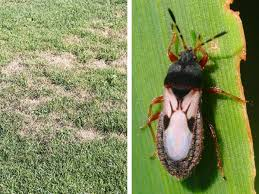
Understanding Grass Diseases
The Problems with grass and lawn disease follow similar concepts. Any lawn could very well contain many disease spores. However, the host plant (your grass), the pathogen (the disease-causing organism), and the environment must all be in perfect harmony for grass diseases to manifest. This conglomeration of elements is frequently referred to as the "disease triangle." In Kenner LA, many lawns can fall into this category because they are so well kept. Only when the environment is favorable for the disease to spread can the pathogen infect the host plant. The environment must also endure for long enough for the disease to grow and wreak havoc on the host plant. The best way to combat disease in your lawn is to keep your grass maintained. If you need help maintaining your grass you should contact a local Kenner, LA lawn care service.
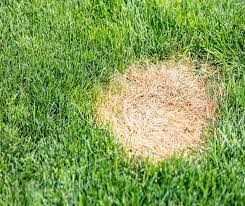
Important Lawn Care Procedures
Your lawn's habits are influenced by the environment, and two key elements are appropriate irrigation and mowing. The quantity of water applied to your lawn and the time of day you irrigate it are of utmost importance. Avoid watering your lawn in the late afternoon or evening because these times are excellent for many lawn diseases to flourish because they are chilly, dark, and wet. It is advised to water your lawn once or twice a week, leaving the sprinkler in the same spot for a long time. This causes the roots to grow deeper as they look for water, making the lawn healthier. But be sure not to water your lawn too much in daytime. In Kenner the temperatures can reach over 100 degrees and the water droplets can burn your grass. Also, it is best to avoid watering at night because stagnate water will cause fungus to develop.
It's critical to routinely apply the right quantity of fertilizer and mow your lawn at the proper height. However, depending on the type of grass and your region, these procedures may change. The sensitivity of various grass types to pests and illnesses that affect the lawn varies. Consult your neighborhood Spring-Green yard care specialist or county extension office to receive specialized recommendations for fertilizing and mowing that are particular to your area.
Here are some extra resourses to learn about how to care for your grass type:
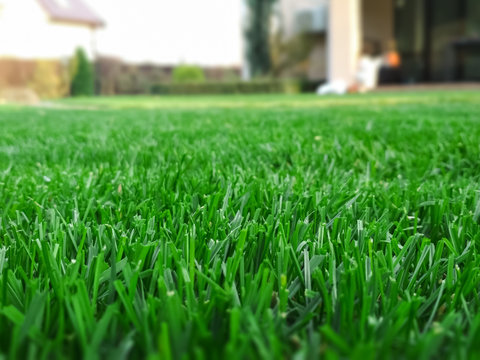
Taking on the thatch buildup
Finally, we must talk about thatch management. Thatch, a buildup of leaves, roots, stems, and other organic debris close to the soil line, can make disease and insect activity more likely. If the thatch is thicker than half an inch, it can act as an incubator for a variety of illnesses and insects. Core aeration, power raking, and slicing are methods for reducing thatch buildup. Seek advice from qualified sources in your area as the guidelines for thatch elimination vary depending on the type of grass and geographic location, much like with fertilizer and mowing.
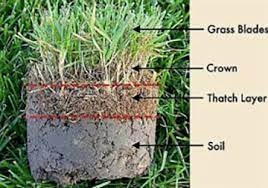
Take a closer look at your neighbor's lawn maintenance procedures the next time you find yourself wondering why their grass is greener. Better yet, seek help from a local Cutting Edge Lawn Care specialist. When you're sick, you go to the doctor, and the same goes for your lawn; it needs to be properly diagnosed by someone who is knowledgeable in lawn illnesses. Long-term time and financial savings are provided by this method, which also creates an environment that encourages the development of healthy grass on your lawn. So, give your lawn the attention it needs to flourish.
